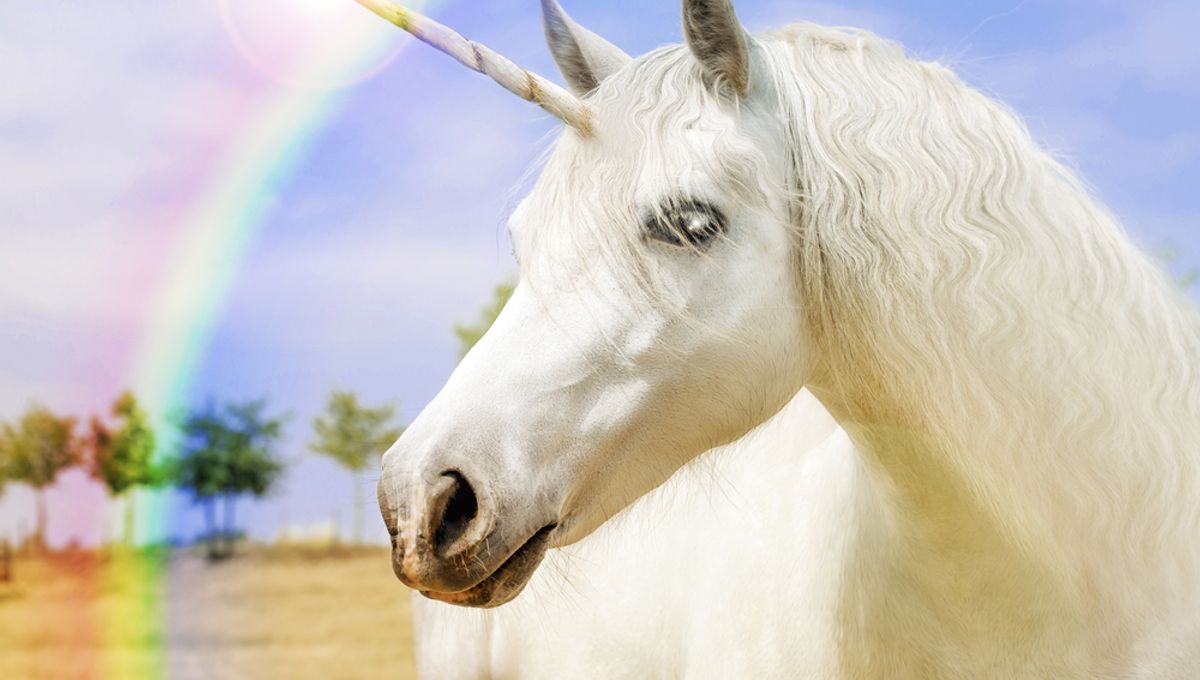
Prehistoric cave paintings have helped researchers identify the ancient creatures that once co-existed with humans across Eurasia, although rock art in South Africa appears to contain a few single-horned curveballs. Apparently depicting unicorns, these rupestrian sketches once fueled a colonial hunt for the mythical creatures, and researchers are still uncertain as to what these artworks were supposed to represent.
Tackling the issue in a new study, author David Witelson explain that quests to track down unicorns were “commonplace” in South Africa during the colonial era. Dreaming of claiming a reward, Europeans set out in search of the one-horned equines after hearing local indigenous tales about the existence of such creatures.
This unicorn lust received a boost in 1797 when John Barrow – the then Auditor-General of Public Accounts at the Cape of Good Hope – published a sketch of a unicorn that he claimed to have copied from a cave painting he encountered along the banks of the Tarka River. Amidst the furor created by the image, cynics speculated that the animal may have been nothing more than a rhinoceros or a gemsbok painted in profile so that one of its two horns obscured the other.
More recently, researchers have noted that Barrow’s drawing employs Western aesthetics that were alien to indigenous artworks and looks more like the glitter-eating, rainbow-pooping European unicorns than any authentic African creature. In other words, the original cave painting probably looked nothing like Barrow’s copy, if indeed it even existed.
Despite this, local reports continued to describe unicorn-like creatures. For instance, one indigenous account recorded by the missionary Johannes Theodorus van der Kemp in 1804 identifies a “very savage animal […] [with] a single horn placed on his forehead, which is very long.”
Digging deeper into these reports, Witelson notes that South African unicorns were usually described as having stripes and sometimes referred to as “kamma”, which matches an indigenous Cape Khoekhoe word for “water”. After examining a single-horned animal that appears in a rock painting in The Free State, the study author found that the creature resembles the mythical “rain animals” of San lore, which are said to be striped and possessing a solitary horn.
Combining these observations, he concludes that “the South African ‘unicorn’ thus appears to be a manifestation of the rain, another form of San rain-animals.”
It just so happened that these mythological creatures looked rather like the unicorns of European fairytales, resulting in a big misunderstanding. Or, as Witelson puts it, “the strong, superficial resemblance of one-horned rain-animals to European unicorns resulted in a complicated conflation of ideas.”
The study is published in the Cambridge Archaeological Journal.
Source Link: Unicorns Appear In South African Rock Paintings, But Were They Real?